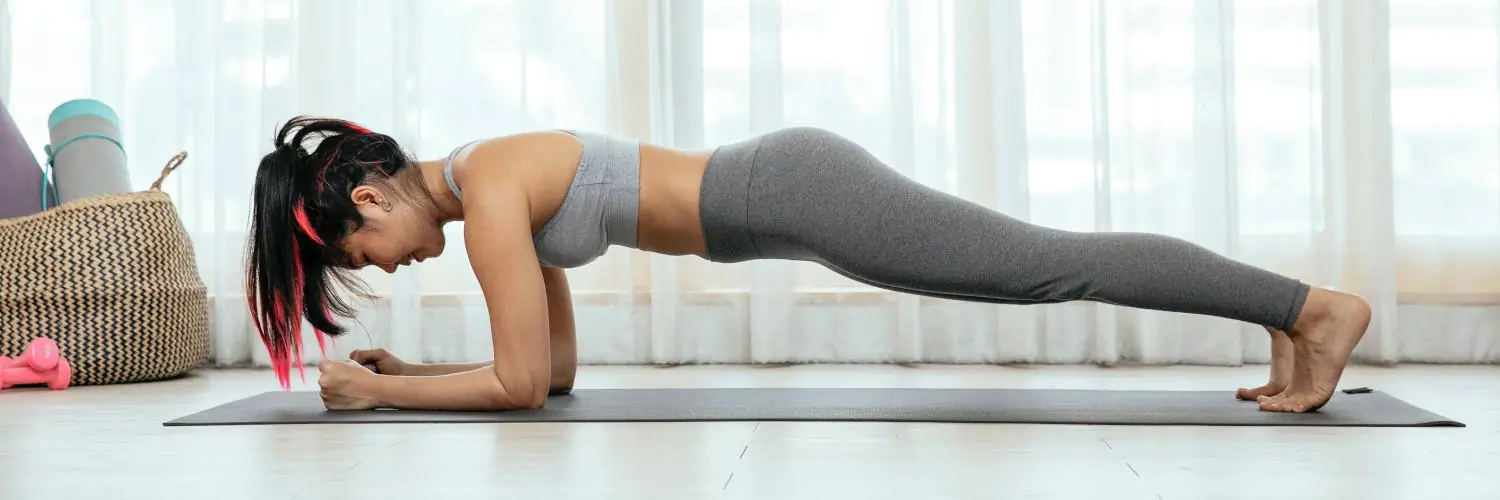Kayaking in a group can be very fun, but sometimes you may just want to go out to a creek or lake and enjoy the quiet and beauty of nature by yourself. While it is generally accepted that kayaking, like hiking, should be done with others for safety, kayaking alone can be done safely if you are prepared and are careful.
Nothing can replace the reliability of another human’s assistance in case of an emergency, but with knowledge, experience, and diligence, many emergencies can be avoided or minimized, and alternatives are available in lieu of a kayaking partner. Without the distractions of other boaters and conversations, you can notice a lot more of your natural surroundings and feel more in tune with them. You focus on the water, which is big in fast streams like creeks and rivers. You will begin to observe the way the water flows, the bends and inlets of the shoreline, what lies below on the creek bed when the water is shallow and clear. Nothing brings one closer to nature than reclining in a boat alone, letting the flow carry you slowly along the waterway.
Table of Contents
What needs to be taken along while going to kayak a river?
The first thing you will need is a kayak and paddles. The focus here is on recreational kayaking, therefore a recreational kayak is recommended. A recreational kayak offers a larger cockpit, and so offers more leg room, more body mobility, and is much easier to slide out of if the boat tips over, which prevents you from being trapped upside down with your head underwater. A sporting kayak has a much smaller cockpit that locks you and your legs in and takes more skill to exit should the boat tip over. It is also used for negotiating high level rapids and playing in the rapids and eddy currents. I do not suggest this type of activity when kayaking alone. The recreational kayak is much better suited to lone ventures on creeks and rivers.
The next most important item is the personal flotation device (PFD), also called a life jacket. A good PFD will keep you afloat when you are out of your boat, whether intentionally or by accident. The PFD should fit comfortably, be large enough to fit midway across the chest and stomach, and the straps should be able to be closed so that the jacket is tight enough to remain secure in the water and not slip off or ride up your torso. The packing in the front will help to keep you floating on your back with your face up out of the water should you strike something and be knocked into the water unconscious. When storing and handling the PFD, be sure not to let it get punctured. Any holes or perforations in the jacket will allow water into it and saturate the packing, weighing it down and making it useless for floating. Dispose of a PFD with any perforations and get a new one.
Always wear your PFD when kayaking no matter if you’re in a group or otherwise. It’s very important when by yourself, especially in moving water like a small river or creek. Flowing water has much more weight and power than you would expect, and can carry you distances or downward with considerable strength. A PFD will give you more buoyancy to resist and stay afloat in flowing water.
An anchor can also be a useful item for a more enjoyable trip. A small 3 or 5-pound anchor is good enough for a kayak. Attach the anchor to the boat with a decently long cord and clamp when ready to moor, but when not in use keep the cord loose in the boat. It is a bad idea to have long lengths of cords attached to the boat while navigating as they can entangle you if you capsize and keep you attached to the boat as it floats down the river, which is a very dangerous situation as your boat can drag you into rapids or rocks, or trap you between it and a rock. Once you pull up to the shore and attach your anchor cord, simply toss the anchor in the shallow water or onto the shore.
How to get back to your car while going for kayaking a river?
If you go kayaking by yourself at a lake, it is no problem; there is no current to fight against, so you can easily paddle back to your parking spot and your car. But when you go to a creek or a river, you face a challenge; the water flow will resist you one way or the other, and may carry you many miles away from your car. With solo kayaking on flowing water creeks and rivers, there are three methods to get back to your car. The first is to park in one spot, kayak downstream, then paddle upstream back to the car. The second method is to park in one spot, paddle upstream, then kayak downstream back to the car. The third method is to kayak only downstream, and use a ferrying method to get yourself and your kayak back to the car.








